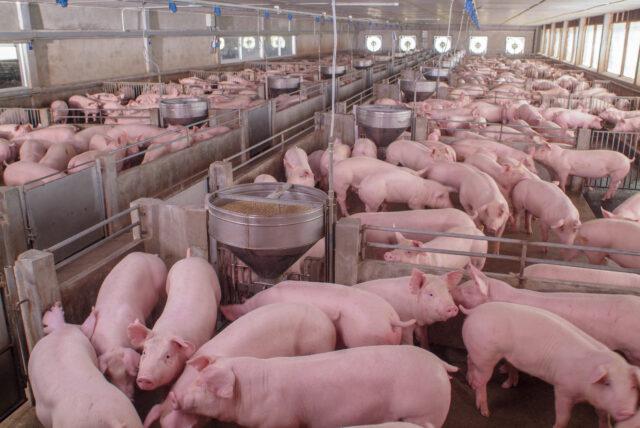Porto Alegre, July 14, 2021 – On July 12, USDA will release its global meat industry report. The focus will be on the numbers of China’s swine production, and it could not be otherwise, considering that the Asian country dictates the dynamics of the world meat market, given its large volume of imports. The USDA data are important as the herd numbers released by the Chinese government are shrouded in great mystery. Local authorities recently reported that their herd of matrices reached a level close to that registered at the end of 2017, before the emergence of African swine fever (ASF), of around 43 million head. In April, USDA indicated 38.5 million head.
The USDA numbers may clarify the ASF situation in China right now, another point that keeps the global market speculated. All we have today is 10 cases of the disease reported by the World Organization for Animal Health (OIE), a small proportion according to Chinese authorities, which differs from the information of severe herd losses reported by international agencies. The big question is whether China is notifying cases of the disease and its impacts on the herd. This fear was heightened by recent news that the Chinese government is changing the rules on the disclosure of information by private companies. The private consultancy that had been releasing crop numbers for soybeans and corn, as well as statistics for several other commodities, was shut down this year in the Asian country.
Unlike Brazil, the numbers of United States pork exports to China are decreasing, which may be a sign of more moderate demand by the Asian country or of lower availability in of pork supply in the United States due to the strong advance of its domestic demand, with the resumption of economic activity and social easing. The USDA’s weekly export report, released on Friday (9), showed that China bought 16.609 thousand tons of pork in the week ended July 1, a good recovery compared to the poor numbers registered in June.
Effective shipments of United States pork to China hit 6.450 thousand tons, a discreet number. The volume shipped to the Chinese in 2021 is now 288.926 tons. Pending sales from the United States (to be shipped) to China now total 33.544 thousand tons in 2021. The result of June shipments to the Chinese was the worst since September 2019. Brazil surpassed the United States in shipments to China in the first half of 2021.
There is a certain apprehension in the market due to the depression of prices in the Chinese swine chain and reports of contract renegotiations. The renegotiation of contracts by the Chinese must not happen only with Brazil, as the same may happen to Spain (the largest exporter to China), according to news from an international agency. China holds a good supply at the moment, a consequence of its growing production and high volume of imports, which could result in lower dependence on imports over the next few weeks.
According to China’s Ministry of Agriculture and Rural Affairs, the average price of live hogs traded in the interior of the country closed the first week of July at 15.58 yuan, up 13% from the end of June, but it shows a 55.23% decrease from the end of 2020. Pork, on the other hand, advanced 6.5% in the first week of July, at 26.20 yuan, but shows a decline of 49.27% compared to the end of 2020. The low price of live hogs in China ends up generating lower demand for piglets for fattening, which may affect production in the medium term, so worrying the Chinese government. The recovery in early July may be the result of the government’s actions in the domestic market with the purchase of 20 thousand tons for its stocks to reduce supply and create a more balanced and favorable price environment for production. New purchases may be announced further ahead should prices remain depressed.
The Chinese government plans to provide new lines of financial support, mainly to small and medium farmers, so that they do not abandon the activity. The intention is to sustain production growth in China.
Margins are compressed in China, with farmers coping with losses, a factor that has led to the acceleration of slaughter in recent weeks, including matrices with less productive capacity, leading to sharp price declines in the country. Another point that may have led to the increase in slaughter is the farmers’ fear of ASF. The price of feedstuff inputs, such as soymeal and corn, is at high levels in China. The country has been holding wheat auctions as an alternative for feedstuff composition.
SAFRAS Latam

